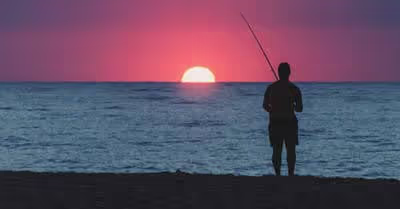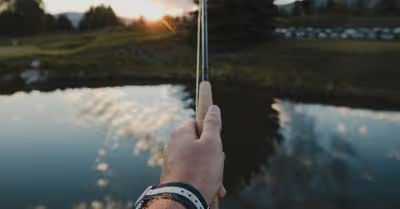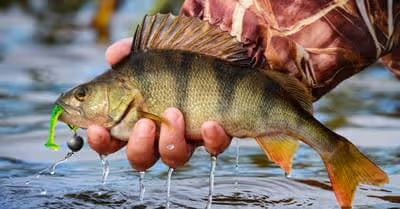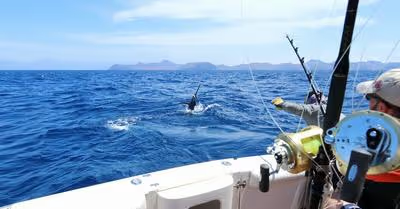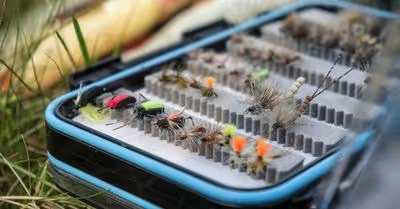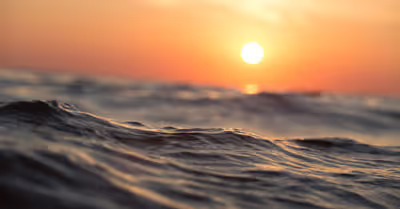Table of Contents
What they are
Sometimes confused with the Musky, the northern pike is a freshwater fish that's native to the northern hemisphere wilderness. Although they can be found in most parts in the north, they're generally native to the U.S. Upper Midwest and in the Canadian provinces of Manitoba, Alberta, and Saskatchewan.
The northern pike derives its name from its resemblance to the pole-like weapon known as the pike. This fish is typically carnivorous fish and is one of the most common fish in the northern hemisphere.
How to Identify Them
In addition to a long, slender body, the northern pike is olive green in color with yellowish-white on its belly. This is excellent in camouflaging as it helps it to blend in the background. The sides of the fish are normally speckled with lighter colored spots that match the belly color. The northern pike also has a single dorsal fin that's located near the end of its back. It has a long, flattened snout with a mouth full of sharp teeth.
How Long Do They Live?
The northern pike usually lives for 10 to 15 years and can sometimes live for up to 25 years.
Size and Weight
The average length of the northern pike ranges between 24 and 30 inches long while the average weight is between 3 and 7 pounds. The female is naturally larger than the male and they both grow continually with age. While the relationship between its length and weight is not linear, it will generally grow longer as it increases weight. Keep in mind that the northern pike can weigh well over 40 pounds and grow over 50 inches in isolated lakes in the Northern wilderness.
Although some anglers around the world claim to have caught a 70-inch-long or larger northern pike, the biggest ever caught northern pike weighed 68 pounds and measured 58 inches long.
What Regions Do They Live in?
The northern pike is found throughout the northern hemisphere in areas such as North America and Europe. Within North America, they're mostly found in Minnesota, North Dakota, South Dakota, Maryland, West Virginia, Montana, Connecticut, Indiana, Wisconsin, Vermont, Massachusetts, Iowa, New Jersey, New York, Illinois, Arizona, Idaho, Northern New Mexico, Northern New England, and various parts of Canada such as Manitoba, Quebec, Ontario, Alberta, and Saskatchewan.
Habitat Info
Northern pike love dense vegetation with sluggish streams and shallows, as well as weedy places in lakes and reservoirs. They also love cool, clear, and rocky waters. As such, you'll find them in shallow waters near shore covering, as well as in deeper waters, especially in midsummer.
Given that they're ambush predators, they'll wait for prey by remaining perfectly still for lengthy periods before displaying incredible acceleration to strike prey. They can also inhabit various water bodies that contain fish that they mostly prey on. Their elongated shape and large, toothy mouths make them tremendously effective in hunting down and catching all types of prey fish in these weedy confines.
When fishing for northern pike, your main focus should be around shallow weedy areas in bay and flats, pad fields, wild rice beds, and reeds.
Seasonal Habits
Regardless of where you fish, late May and early June is the best time to target northern pike. They generally spawn around the full moon cycle in April and the spawning season will be over by mid-May. This means that they'll be looking to regain the energy and weight that was lost during spawning so they'll be biting like no other time.
There are also a lot of things to consider when targeting fish. For instance, the weather condition, the time of the day, and the type of lure that you use are of great importance. But this doesn't apply when targeting northern pike. This is because they'll pretty much bite anything that you put in front of them any day, every day, all day.
You should also keep in mind that northern pike is very territorial and will attack just about anything you throw at them. As such, the most important thing when targeting these monsters is to find where they are and you'll be good to go.
What Do They Eat?
The northern pike is a carnivorous fish that can consume large amounts of food daily. Their diet is chiefly made of any type of fish that are smaller than them. They can also eat other creatures such as waterfowl, frogs, birds, ducklings, young muskrats, and even mice! In essence, the northern pike is never a picky eater. This means that it'll eat just about any prey that fits into its mouth.
Where to Catch them
Northern pike prefers shallow, cool water. This means that you'll find them in shallow lakes and rivers with extensive weed beds. When the water becomes warmer especially during summer, you can target cooler waters near inlet springs or streams.
They can tolerate low-oxygenated water in winter so they'll go a little deeper when it's extremely cold. You can also target marshes with sedges, grasses, rushes, flooded wetlands, and water bodies with numerous aquatic plants. On lakes with straight-line shores, you can target pockets holding aquatic vegetation, as well as other covers such as underwater ridges, rocky shores, weed beds, or any other type of structure you can locate.
What Fishing Methods to Use
Catching a northern pike is the real definition of an emotional rollercoaster. You might think that you've snagged on a log but in reality, you've hooked a big northern pike at the end of your line or vice versa. As such, the secret lies in gearing up appropriately for a hard fight.
What Lure Tackle and Bait to Use
Let's go through what you'll require.
Rod
Although the northern pike can become extremely large, most of them will range between 3 and 7 pounds. This means that a 7-foot medium-action or medium-heavy action rod will do the trick.
Reel
Choosing the right reel will increase your chances of landing a northern pike. Using a reel with a drag of at least 15 pounds will be appropriate in landing just about any northern pike that comes your way. If you're trolling, go for a drag system of at least 25 pounds. This is important especially if you're using bigger swim-bait lures that create added tension on the line and when you land a bigger pike.
Line
The northern pike has extremely sharp teeth that can allow them to break through most lines with absolute ease. For this reason, you should use a 15-to-20-pound braided line when using a reel with a maximum drag system of 15 pounds. When using a reel with a drag system of at least 25 pounds, you should use a 30-to-40-pound braided line. The idea here is that your rod, reel, and the line should be structured to work in tandem.
You should also attach a 3 to 4-foot 20-40 pound fluorocarbon leader line to your main line. Alternatively, you can add some wire to the end of your line to diminish the chances of having a northern pike bite your line. The only disadvantage of using a wire bite is it can affect the desired action of your lure.
Net
The northern pike is voracious and you should NEVER try catching them with your bare hand as they can bite you off and cause serious injuries. So when targeting northern pike, you should have an appropriate net, something ranging from 20 to 36 inches will be fine. The bigger the net the better it will work.
Pliers
Removing the hook from the northern pike is an art on its own and it's impossible if you don't have a pair of long needle-nose pliers. You have to be extra careful when removing the hook as the pike's sharp teeth can easily cut through your hand like a hot knife through butter.
Lures
You can use various lures such as the spoon, soft plastic swim-bait, inline spinners, minnow-imitating plug, spinnerbaits, jig and worm, and surface plug.
Are They Good to Eat?
The northern pike is very enjoyable to eat as long as it's cooked appropriately. Here's a great place to start.
Conclusion
Many northern anglers have a special affinity to the northern pike and for a good reason. They're easy to entice, fun to catch, and will elevate your fishing adventure to a whole new level. All you have to do is know where to find them, have the right gear, and prepare for a vicious fight. Don't be too friendly as their sharp teeth can leave you with serious injuries.
But with the above information, you should be at least in a better place to land a huge northern pike and take pictures for the lasting memories that you'll be proud to show off to your grandchildren.
Tight line and get 'em northern pike!
Recent Articles



